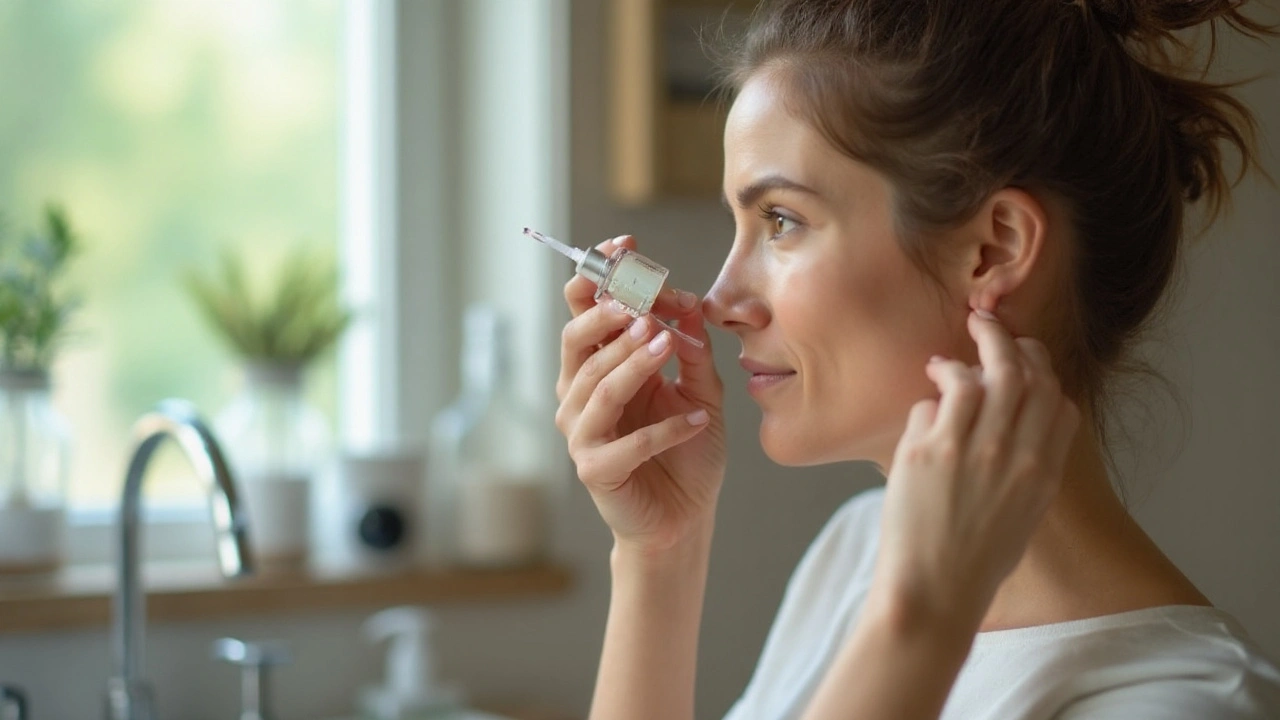Prednisolone Acetate 1% Eye Drops: What They Are and How to Use Them
If a doctor prescribed prednisolone acetate 1% eye drops, you probably wonder what they do and how to take them safely. In short, these drops are a steroid eye medication that reduces swelling, redness, and pain caused by eye inflammation. They’re common after eye surgery, for uveitis, or for severe allergic reactions that affect the eye.
When Do You Need Prednisolone Acetate?
Typical reasons include:
- Post‑operative inflammation after cataract or LASIK surgery.
- Uveitis – an inflammation of the middle layer of the eye.
- Severe allergic conjunctivitis that doesn’t improve with antihistamine drops.
- Injury‑related swelling, like a scratched cornea.
The doctor will decide the exact schedule based on how bad the inflammation is. Usually you start with several drops a day and taper off as the eye gets better.
How to Apply the Drops Correctly
Taking eye drops sounds simple, but a few tricks help you avoid waste and irritation:
- Wash your hands thoroughly.
- Shake the bottle gently – the suspension can settle.
- Lean back, pull down the lower eyelid to make a small pocket.
- Hold the bottle above the eye, squeeze one drop into the pocket, and close the eye gently.
- Press the inner corner of the eye for about 30 seconds to stop the drop from draining into the nose.
- Repeat for the other eye if needed, then replace the cap.
Wait at least five minutes before using another eye medication, otherwise the first drop may be washed away.
Typical Dosage and Duration
Dosage varies, but a common regimen looks like this:
- First 1‑2 days: 1 drop in each eye 4‑6 times daily.
- Next week: 1‑2 drops 2‑4 times daily.
- After inflammation improves: taper to 1 drop once daily for a few days before stopping.
Never change the schedule on your own. Stopping steroids too quickly can cause the inflammation to flare up again.
Possible Side Effects
Most people tolerate the drops well, but keep an eye out for:
- Temporary stinging or burning right after the drop.
- Increased eye pressure – a doctor may check this if you use the drops for a long time.
- Blurred vision that clears after a few minutes.
- Rarely, cataract formation or infection if used excessively.
If you notice severe pain, sudden vision loss, or persistent redness, call your eye doctor right away.
Precautions and Storage
These drops are a prescription medication, so share the full dosage schedule with anyone who helps you. Do not use them if you’re allergic to prednisolone or any other ingredient listed on the bottle.
Store the bottle at room temperature, away from direct sunlight. If the drops become cloudy or change color, discard them – they may be contaminated.
Never share eye drops with another person, even if they have the same condition. Steroid drops can react differently depending on the individual’s eye health.
Quick FAQ
Can I wear contact lenses after using the drops? Remove lenses before applying the drops, wait at least 15 minutes, then re‑insert them if your doctor says it’s okay.
Do I need a follow‑up appointment? Yes. Your doctor will likely check eye pressure and make sure the inflammation is clearing.
Can I use over‑the‑counter eye drops with prednisolone? Only if your doctor approves. Some lubricating drops are safe, but anti‑red or decongestant drops can interfere.
Understanding how prednisolone acetate 1% eye drops work helps you follow the treatment plan confidently and avoid common pitfalls. Stick to the schedule, watch for side effects, and keep in touch with your eye doctor – that’s the best way to get a clear, comfortable recovery.
-
29
Clear, practical guide to Pred Forte eye drops in New Zealand: what it treats, how to use it safely, side effects, tapering, and how to find official NZ info fast.

